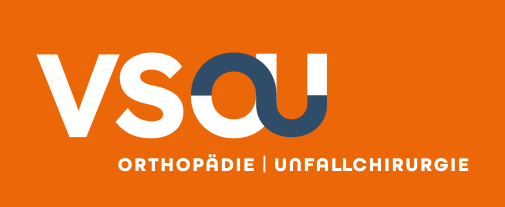Ihre Suche ergab 2 Treffer
Regulation und Erstattung zellbasierter Therapien
Zusammenfassung: Insbesondere größere, nicht oder falsch behandelte fokale artikuläre Knorpelschäden erhöhen signifikant das Arthroserisiko. Die matrixassoziierte autologe Chondrozyten-Implantation (ACI-M) weist in der operativen Behandlung solcher Defekte die derzeit beste Evidenz auf. ACI-M Produkte sind als ATMP klassifiziert und müssen ein zentralisiertes europäisches Genehmigungsverfahren durchlaufen, um die EU-weite Verkehrsfähigkeit zu erlangen. Gleichzeitig sieht der Gesetzgeber auf nationaler Ebene eine Ausnahmeregelung vor, die in der BRD nach §4b AMG vom Paul-Ehrlich-Institut erteilt wird. §-4b-genehmigte Produkte sind in Deutschland vollumfänglich verkehrsfähig. Vom G-BA wurde die ACI-M als Methode eingestuft, die entsprechend der bestehenden Rechtslage im Krankenhaus zu erstatten ist.
Summary: Especially larger, untreated or incorrectly treated localized articular cartilage defects significantly increase the risk to develop osteoarthritis. Matrix-assisted autologous chondrocyte implantation (ACI-M) has shown to be the most reliable cartilage repair procedure for these indications based on the best available evidence. From a regulatory point of view, the ACI-M products are classified as an ATMP and must undergo a centralized European approval process in order to gain EU-wide marketability. At the same time, the legislator provides for a derogation at national level. For Germany, there is a §4b AMG approval, which is issued by the Paul-Ehrlich-Institute and thus makes §4b-approved products fully accessible to the domestic patients. The G-BA has classified the ACI-M as a method, which has to be reimbursed in accordance with the existing legal situation in the hospitals under the German DRG system.
Aktuelle Evidenzlage bei der Behandlung der Arthrose mit autologem plättchenreichem Plasma
Zusammenfassung: Nach der aktuell bestverfügbaren Evidenz kann die intraartikuläre Applikation von autologem plättchenreichem Plasma (PRP) bei der Arthrose des Kniegelenks, die ?Grad 3 ist nach der Einteilung von Kellgren und Lawrence, einen therapeutischen Stellenwert haben. Um jedoch eine optimale Herstellung bzw. Zusammensetzung und ein ideales Anwendungsprotokoll der PRP-Präparate zu identifizieren, sind weitere prospektiv randomisierte Studien mit hohem Evidenzniveau bei definierten Indikationen und mit längeren Verlaufszeiten erforderlich. Gleiches gilt für die Frage, ob PRP der Hyaluronsäure und ihren verschiedenen Applikationsformen oder anderen intraartikulär oder auch oral anzuwendenden Substanzen in der konservativen Arthrosetherapie überlegen ist.
Summary: According to the currently best available evidence, the intra-articular application of autologous platelet-rich Plasma (PRP) may have a therapeutic effect in the arthritic knee up to grade 3 on the Kellgren and Lawrence scale. To identify the best preparation method and composition of PRP, and to define an ideal treatment algorithm, it is mandatory to conduct prospective, randomized clinical trials with high levels of evidence and long-term follow-ups under defined indications. Also it has to be shown, if PRP shows clinical superiority to hyaluronic acid and its various application forms, and to other intra-articularly or orally administered substances used in the conservative treatment of osteoarthritis.
